Leitenberg cemetery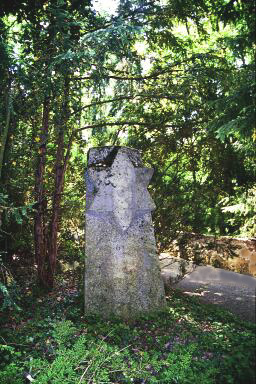 The lonely hill called Leitenberg is located north of the Dachau concentration camp in the former village of Etzenhausen, which was incorporated into the town of Dachau. The full name of this cemetery is KZ-Friedhof auf der Leiten, which in English means Concentration Camp Cemetery on the Leiten hill. This is where a new cemetery was created by the Nazis in October 1944 after they had run out of coal to burn the bodies of the thousands of prisoners who were dying in epidemics of contagious diseases in the camp. When Dachau was liberated on April 29, 1945, most of the German guards had fled and mounds of unburied corpses were found in the camp. There were also 2,310 bodies found on an abandoned train outside the camp. Everything was left untouched until news reporters, American Congressmen and film makers could be brought in to document the horror. Burial began on May 13, 1945 after the bodies could no longer be kept on display because they were beginning to constitute a serious health hazard. 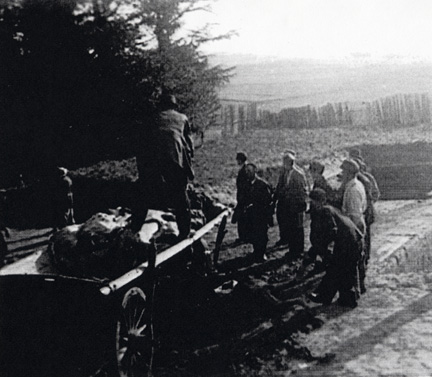 The corpses were hauled in farm wagons along a circuitous route through the town of Dachau and up to this hill by local farmers, on orders from the American Army. The Americans wanted Dachau residents to feel guilty about how many prisoners had died in the camp. After the liberation, some of the 2,226 prisoners, who died of typhus in the month of May and the 196 who died in June, were also buried here in mass graves which were dug with bulldozers manned by soldiers of the 40th Combat Engineers Regiment, attached to the 45th Thunderbird Division of the US Seventh Army. To get to the Leitenberg cemetery, go north on Konrad-Adenauer-Strasse until you reach the intersection of Freisingerstrasse, then turn right onto Freisingerstrasse. The parking lot at the end of a short side road, which turns off Freisingerstrasse, is surrounded by a ring of beautiful oak trees. Two paths lead from the parking lot, one to the Italian Memorial and the other to the Memorial Hall for the Victims of the Concentration Camp. The Memorial Hall, which was dedicated in 1951, is an 8-sided building about 30 feet high that looks almost round. It contains the emblems of all the countries from which the Dachau victims came. It was designed by architect Professor Harald Roth and sculptor Josef Hiller, both from Munich. In front of the Memorial Hall is a path to a low gate. The path leads through the gate into the cemetery, which is completely surrounded by a low wall. Just inside the gate, there are two monuments, one in honor of the Germans who are buried here and one in honor of the Polish victims. The gate and the two monuments are shown in the first three photographs below. 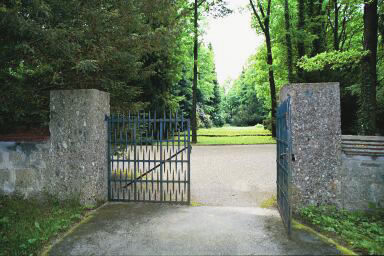 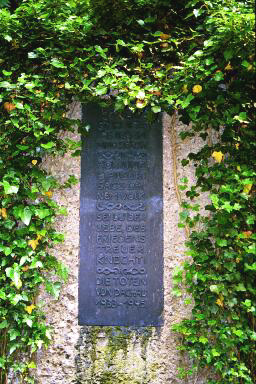 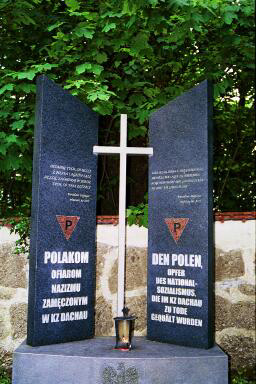 The whole area of the mass graves is surrounded by a wall, about 3 feet high, which you can see in the photograph below. The path follows along the wall. On one short section of the wall, there are plaques with names of the Jewish victims who are buried here. A monument with a Star of David is to the left of the wall at this spot. It is shown in the first photograph at the top of this page. 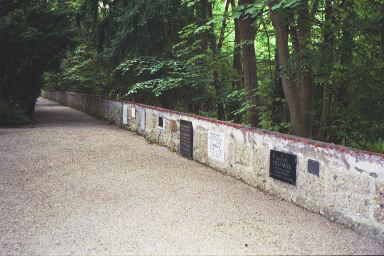 Christian cross at LeitenbergBack to List of Historic PlacesBack to Table of ContentsHome |